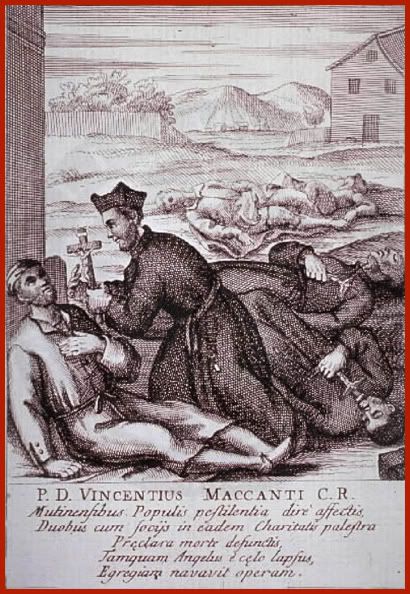The Hundred Year’s War was a time of alternating warfare between England and France. It lasted from 1337 to 1453, not a hundred years, but 116 years. The main cause of the hundred years war was that the king of England, edwardIII, asserted that he had superior claim to the throne because his mother was Philip the fair’s daughter. The economic conflict was another cause; the French monarchy had tried to put new taxes from towns in northern Europe.
 The first battle fought in the Hundred Year's War was the Battle of Cadsand in 1337. In the 1340's there were 6 battles which were all won in favor of the English. The first French vicory was in 1351 at the Battle of Andres. During the first part of the Hundred Years war great defeats were presented for the French. In 1370, a French recovery began, and a period of peace followed. After the peace ended and war resumed, the French were defeated at Agincourtin in 1415. It was there that the French signed the Treaty of Troyes, which recognized King Henry V of England as heir to the French Throne. The Battle of Castillon in July of 1453 was the last battle in the Hundred Year's war and the victory belonged to the French.
The first battle fought in the Hundred Year's War was the Battle of Cadsand in 1337. In the 1340's there were 6 battles which were all won in favor of the English. The first French vicory was in 1351 at the Battle of Andres. During the first part of the Hundred Years war great defeats were presented for the French. In 1370, a French recovery began, and a period of peace followed. After the peace ended and war resumed, the French were defeated at Agincourtin in 1415. It was there that the French signed the Treaty of Troyes, which recognized King Henry V of England as heir to the French Throne. The Battle of Castillon in July of 1453 was the last battle in the Hundred Year's war and the victory belonged to the French. One of the biggest and most recognized figures of the Hundred Year's War is Joan of Arc. She claimed that "voices" of saints had told her that God wanted her to fight in the War and aid her country. By lifting the siege of Orleans in 9 days and taking back the city of Reims, Joan had brought renewed confidence to the desperate French army who at the time, had suffered a number of losses to the English. Joan had been given the nickname "Maid of Orleans." Soon, Joan had been captured by the English and in hopes of taking back the War, they burned her on a stake as if she was a witch. The English though, was too late; the French had already taken the War under their wing.
One of the biggest and most recognized figures of the Hundred Year's War is Joan of Arc. She claimed that "voices" of saints had told her that God wanted her to fight in the War and aid her country. By lifting the siege of Orleans in 9 days and taking back the city of Reims, Joan had brought renewed confidence to the desperate French army who at the time, had suffered a number of losses to the English. Joan had been given the nickname "Maid of Orleans." Soon, Joan had been captured by the English and in hopes of taking back the War, they burned her on a stake as if she was a witch. The English though, was too late; the French had already taken the War under their wing. Thank You,
Jordan K.
Megan H.
Information from these websites--
Jordan K.
Megan H.
Information from these websites--










